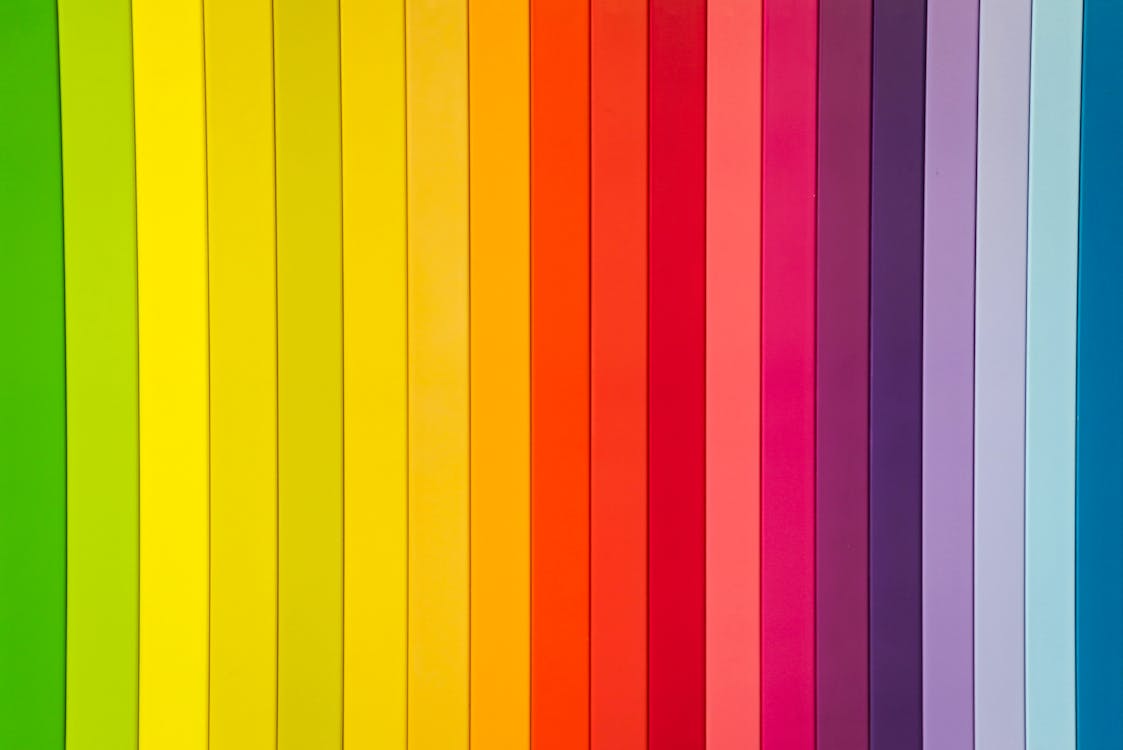The 7 Elements of Art
- Line
- Shape
- Form
- Space
- Texture
- Value
- Color
Line
A line in art is primarily a dot or series of dots. The dots form a line, which can vary in thickness, color, and shape. A line is a two-dimensional shape unless the artist gives it volume or mass. If an artist uses multiple lines, it develops into a drawing more recognizable than a line creating a form resembling the outside of its shape. Lines can also be implied as in an action of the hand pointing up, the viewer’s eyes continue upwards without even a real line.
Form
When shape acquires depth and becomes three dimensional, it takes on form. Three-dimensional art has an actual form (like in architecture) while two-dimensional pieces can have the illusion of form when the artist uses perspective or shading. Some common forms are cones, pyramids, spheres, and cubes.
Value

Value refers to the degree of perceivable lightness of tones within an image.[2] The element of value is compatible with the term luminosity, and can be “measured in various units designating electromagnetic radiation”.[6] The difference in values is often called contrast, and references the lightest (white) and darkest (black) tones of a work of art, with an infinite number of grey variants in between.[6] While it is most relative to the greyscale, though, it is also exemplified within colored images.
Color

There are three different components to color, there is hue which is the name we give the color (red, yellow, blue, etc.), intensity, which refers to the vividness of the color (intensity can also be referred to as saturation or purity), and value meaning how dark or light a color is. Color can be used symbolically or to produce a pattern or to show contrast in a piece.
